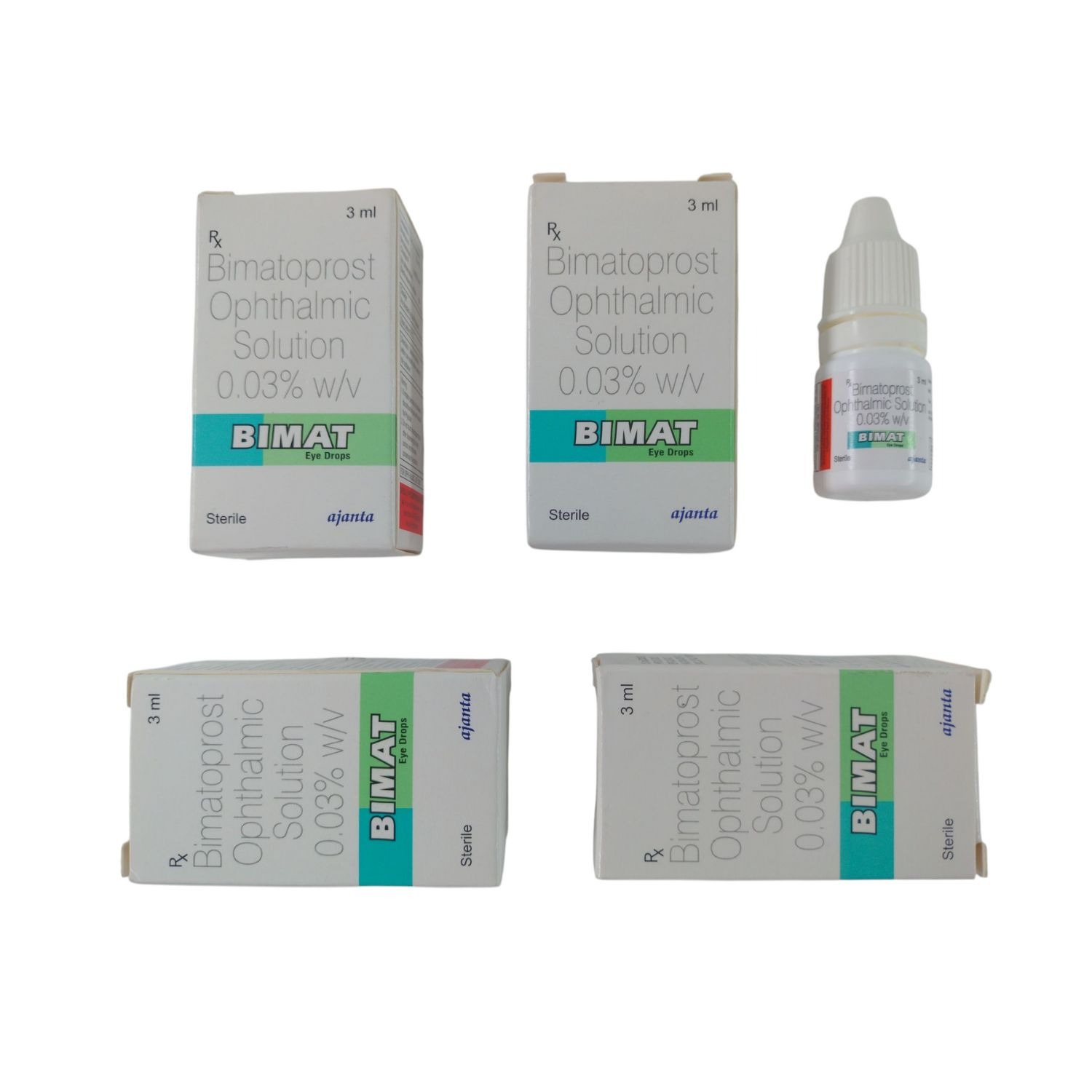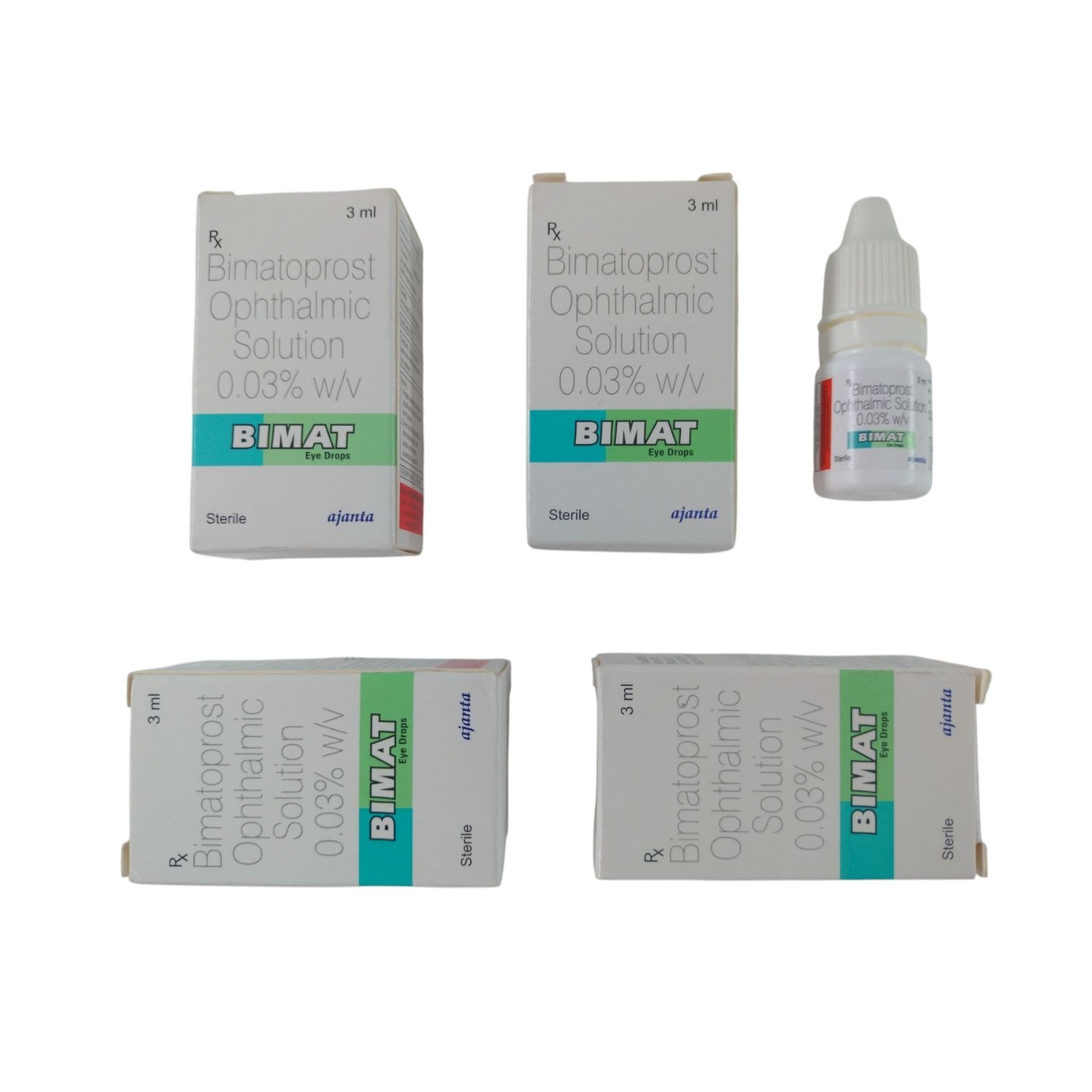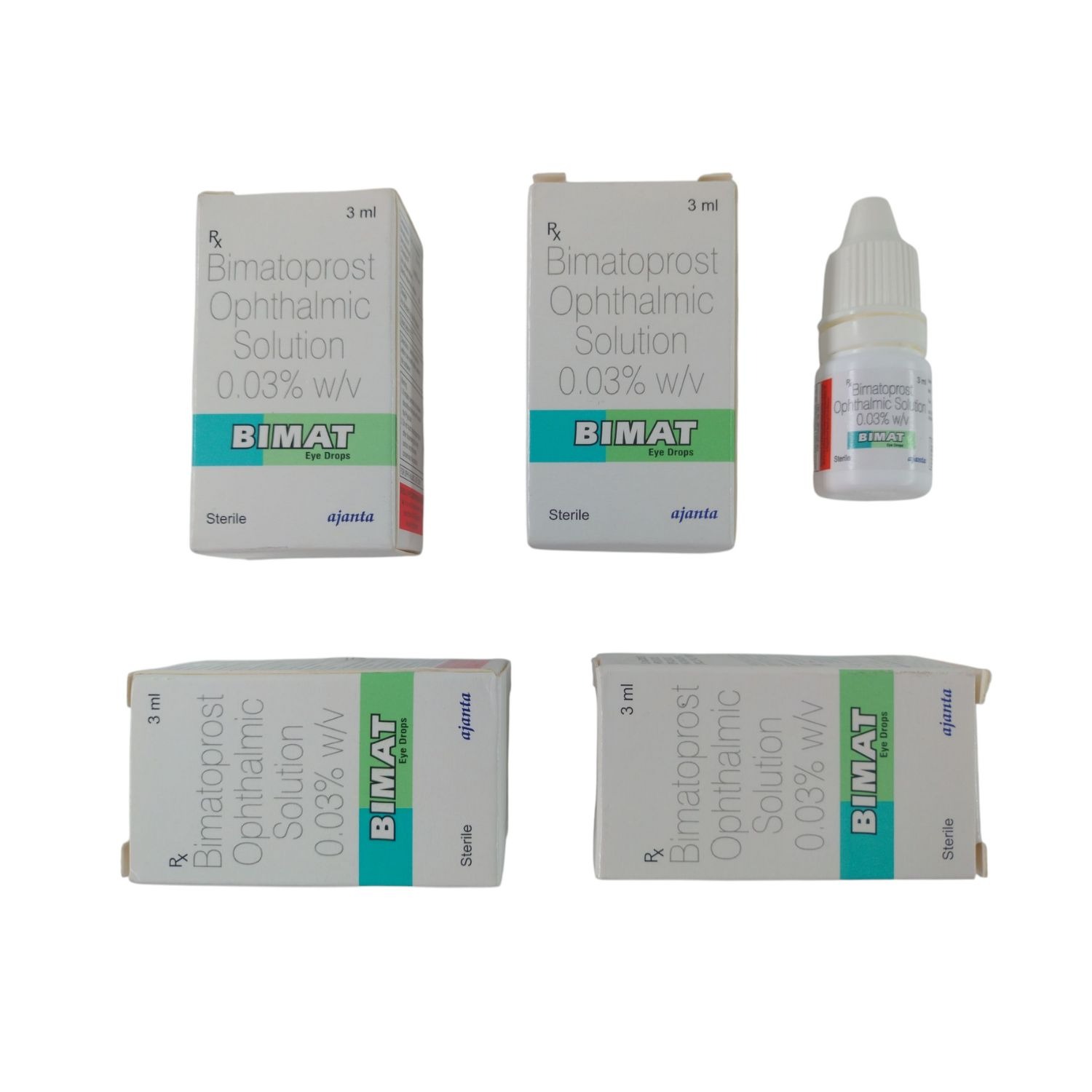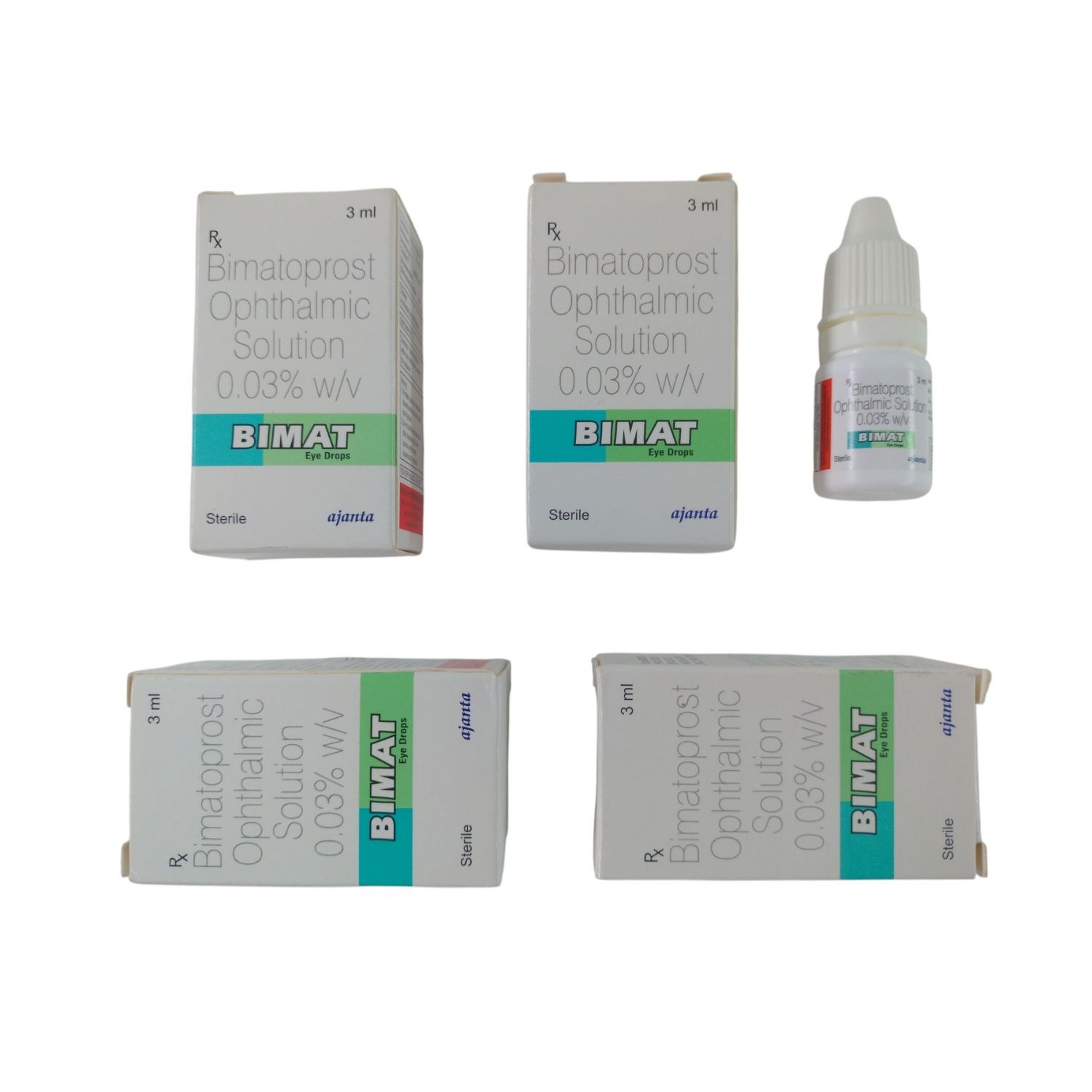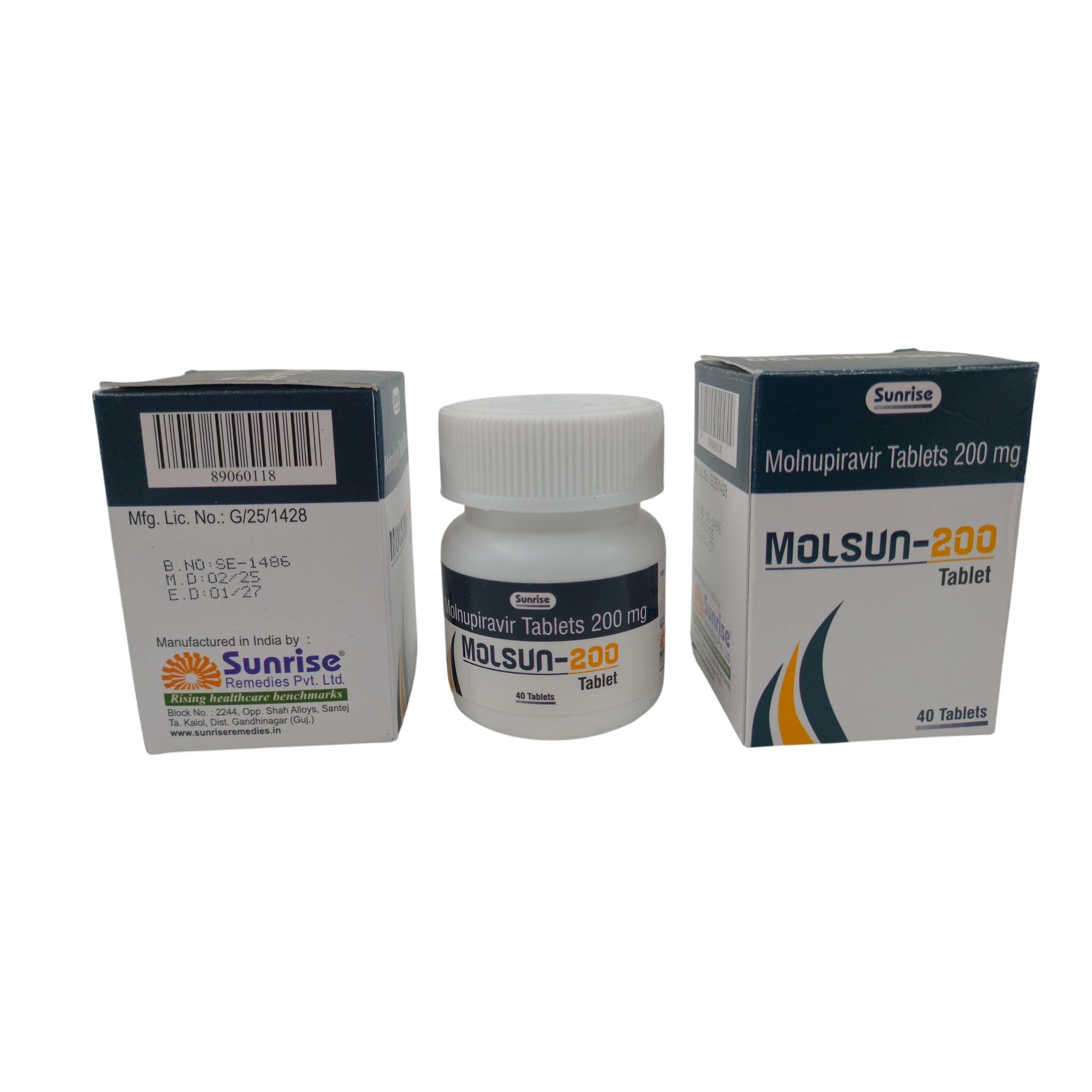
Molnupiravir is a medication of the synthetic nucleotide derivative N4-hydroxycytidine available in www.medicineindiaexport.com and provides its antiviral function by introducing replicating errors during viral ribonucleic acid replication.
@MEDICINEINDIA EXPORT
For bulk quotations, availability, and orders, please contact us:
📧 Email: sales.medindiaexport@gmail.com
🌐 www.medicineindiaexport.com
📲 WhatsApp Link: https://wa.link/bjr7gy
📲 WhatsApp: +91 9730867604
This is an oral medication of the active, antiviral ribonucleoside analogue N-hydroxycytidine, the primary metabolite, which enters cells and undergoes phosphorylation to form NHC-triphosphate. It acts as an opposing substrate for viral RNA-dependent polymerase, causing the viral genome to accumulate errors that make infection replication invalid.
The quick hydrolysis of oral molnupiravir produces the main circulation metabolite NHC. After that, circulation enters cells and is phosphorylate to produce its triphosphate anabolite. It is eliminated from the body through metabolism, where it combines with the internal nucleoside reserve to form endogenous pyrimidines. During this replication process, the virus’s enzyme adds triphosphate to the produce RNA.
Two structures of this composition are interchangeable; one mimics cytidine, while the other mimics uridine. Through site contacts and delayed chain termination, a nucleoside mimic can suppress enzyme activity by integrating into the expanding RNA chainMolnupiravir is a medication of the synthetic nucleotide derivative N4-hydroxycytidine available in www.medicineindiaexport.com and provides its antiviral function by introducing replicating errors during viral ribonucleic acid replication.
@MEDICINEINDIA EXPORT
For bulk quotations, availability, and orders, please contact us:
📧 Email: sales.medindiaexport@gmail.com
🌐 www.medicineindiaexport.com
📲 WhatsApp Link: https://wa.link/bjr7gy
📲 WhatsApp: +91 9730867604
This is an oral medication of the active, antiviral ribonucleoside analogue N-hydroxycytidine, the primary metabolite, which enters cells and undergoes phosphorylation to form NHC-triphosphate. It acts as an opposing substrate for viral RNA-dependent polymerase, causing the viral genome to accumulate errors that make infection replication invalid.
The quick hydrolysis of oral molnupiravir produces the main circulation metabolite NHC. After that, circulation enters cells and is phosphorylate to produce its triphosphate anabolite. It is eliminated from the body through metabolism, where it combines with the internal nucleoside reserve to form endogenous pyrimidines. During this replication process, the virus’s enzyme adds triphosphate to the produce RNA.
Two structures of this composition are interchangeable; one mimics cytidine, while the other mimics uridine. Through site contacts and delayed chain termination, a nucleoside mimic can suppress enzyme activity by integrating into the expanding RNA chain

